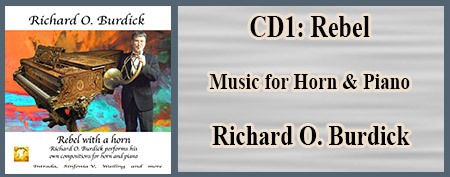The musical compositions of Richard Burdick
 Follow on Twitter
Follow on Twitter
Opus 160
Free trio no.1
for tuba, trombone and horn (c. 12 minutes)
Nov. 24, 2009
Contact us for a free study score
Buy the sheet music from MusicaNeo Soon
Buy Three scores:
![]()
August 27th 2010: Richard Burdick write about his free music:
"My free music series, which now includes:
opus 160, Free Trio no.1,
Opus 167 Free Trio no. 2,
Symphony Number Free (3)
and I have two movmement uncatalogued for two instruments and keyboard. (work still in progress January 2010)
This "new" free music style is a re-visit of the compositional style in which I was writting in the late 1970's. I am find that they are neo-impressionist and are quite enjoyable to play. The audience reactions have been favorable, even with suggestions or comments about sutable for jazz festivals.
The basic idea is the the musicians follow the score and interact in a similar way to music in standard notation, but for the most part, the tones are not specified, they are just graphic. Higher and lower, longer or shorter and often in traditional rhythms."
I feel that this free sort of music could help youngsters learn ensemble and get a quick feel of what it is like to be a real musician, not so much hindered by their instruments.
These works have an exciting sense of discovery about them, since they are different each time!
Share This on Twitter Share This Link on Facebook
![]()
This work is registered with ASCAP as # 2721222
Contact us for more information.
Free Trio no. 1 page 1
Starts with actual specified tones and moves to freedom:
FREE SOUND FILES
The Electrm Brass trio premiered this work
May 9th 2009 here is the performance:
Movement 1
Movement 2
Movement 3
Movement 4
The rules change a little for each picee but here are the basics:
Free Music Rules
1) There shouldn’t be any predetermination of notes before playing any of my free music works, unless specific notes are written.
2) The choice of tone is free, but should follow the rising or falling shape or graphic location of the note placement on the paper. If it is written in rhythm, all standard metric emphasis’ apply.
3) Sometimes there is normal notated music this is played normally. The free trio score is in C. For horn in F the hornist needs to read up a fifth.
4) Sometimes the notes are written out of meter and notated as note heads with horizontal lines showing length. The lengths are relative and when this type of notation occurs, one must pay extra attention to the ensemble and play in turn as noted in the score.
4) Don’t try to play the same tones if there is a repeat, but do follow the same shape of phrase.
5) If there is a “free” section it is free, but you shouldn’t really play any solos just blend in and play a few phrases or a bunch of little musical shapes.
6) Occasionally there is an interval suggested such as: 1/2 = a half step and 5 = a perfect fifth as in the end of the 2nd movement of the free trio horn part.
7) a “Q” in the part means that instrument cues the other players about the change.
Suggestions
A) Most likely a group will need to rehearse this music more than something in standard notation.
B) Your feelings and moods as a musician affect the music. Please perform this with positive intent: be happy, enjoy what you are playing, revel in the expression and freedom you have.
Search I Ching Music:
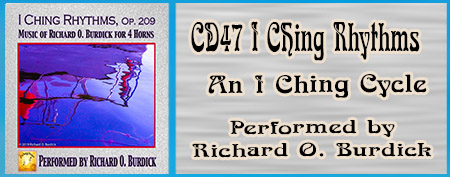 CD46
CD46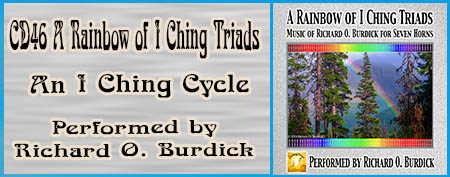 CD45
CD45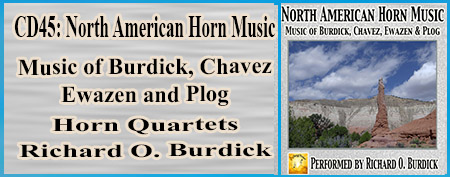 CD44
CD44 CD43
CD43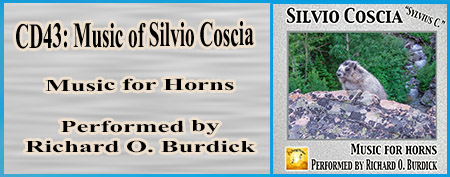 CD42
CD42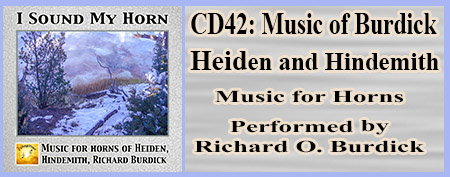 CD41
CD41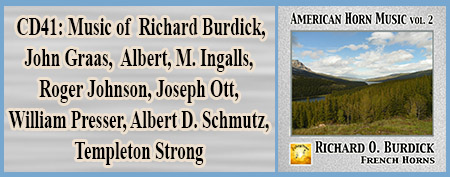 CD40
CD40 CD39
CD39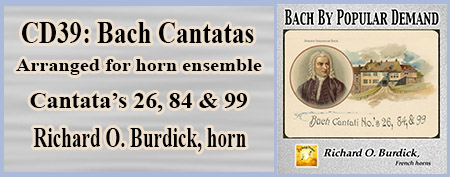 CD38
CD38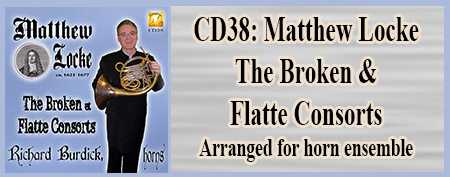 CD37
CD37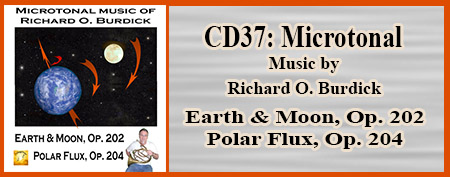 CD36
CD36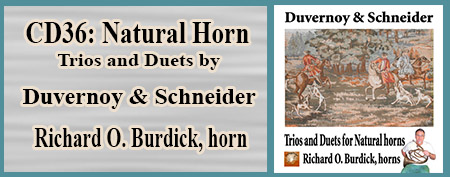 CD35
CD35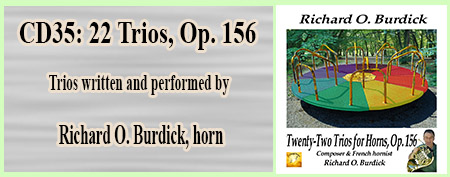 CD34
CD34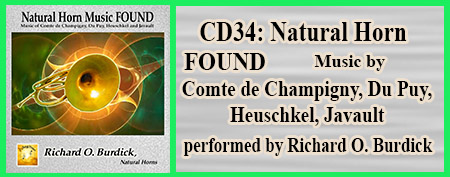 CD33
CD33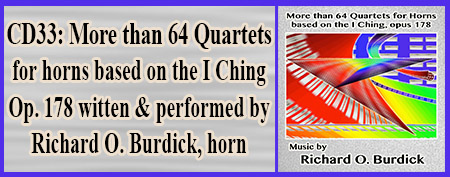 CD32
CD32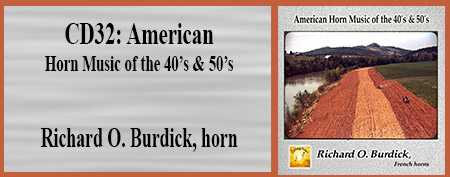 CD31
CD31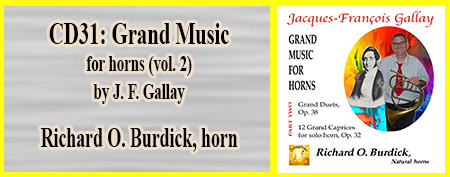 CD30
CD30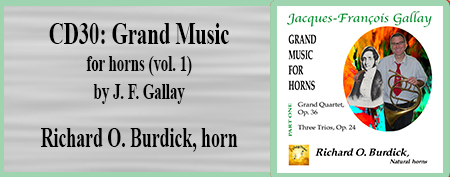 CD29
CD29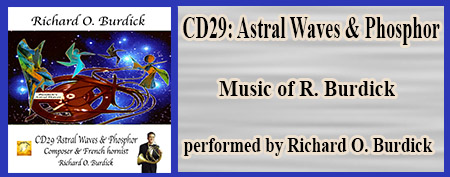 CD28
CD28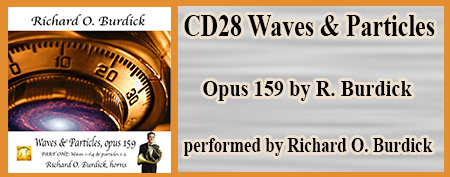 CD27
CD27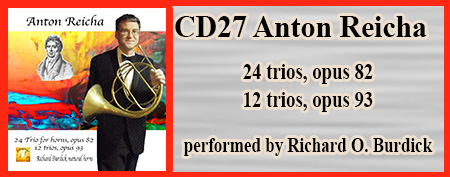 CD26
CD26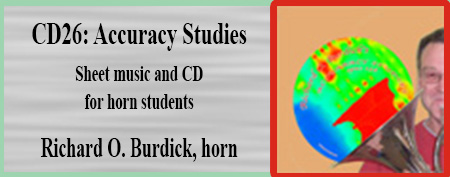 CD25a
CD25a CD25
CD25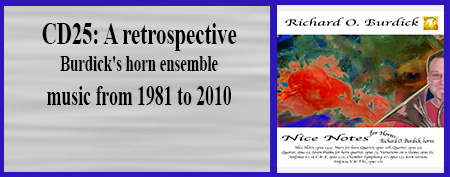 CD24
CD24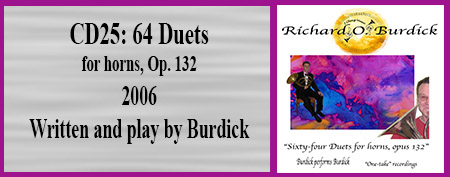 CD23
CD23 CD22
CD22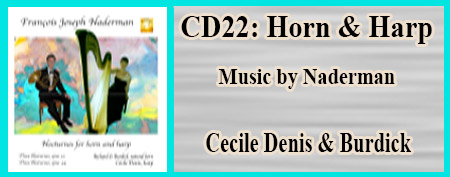 CD21
CD21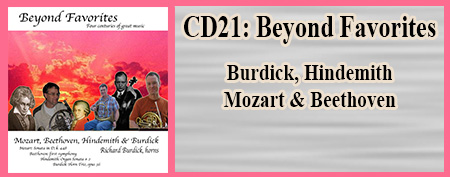 CD20
CD20 CD19a
CD19a 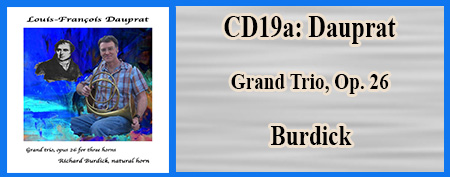 CD19
CD19 CD18
CD18 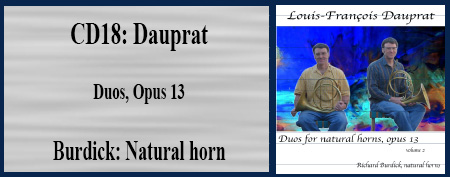 CD17a
CD17a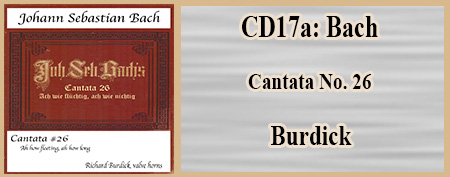 CD17
CD17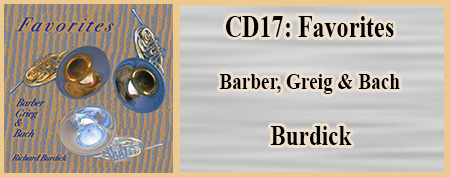 CD16
CD16 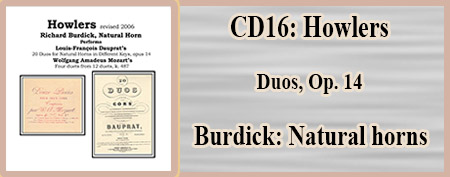 CD15
CD15 CD14
CD14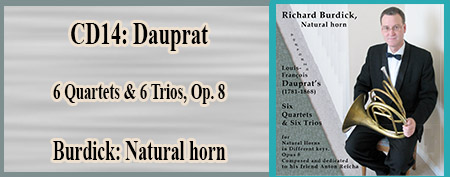 CD12
CD12 CD9
CD9  CD8
CD8 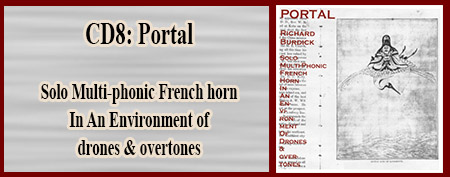 CD7
CD7 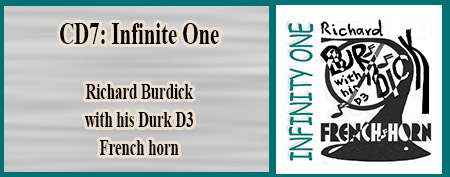 CD6
CD6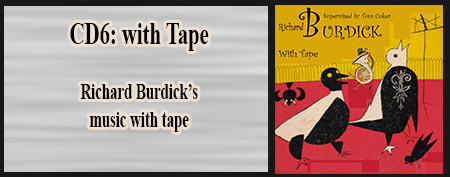 CD5
CD5 CD2
CD2 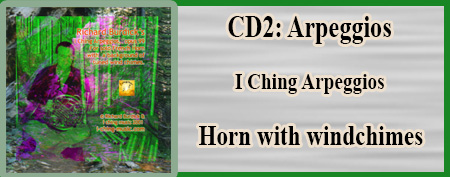 CD1
CD1 